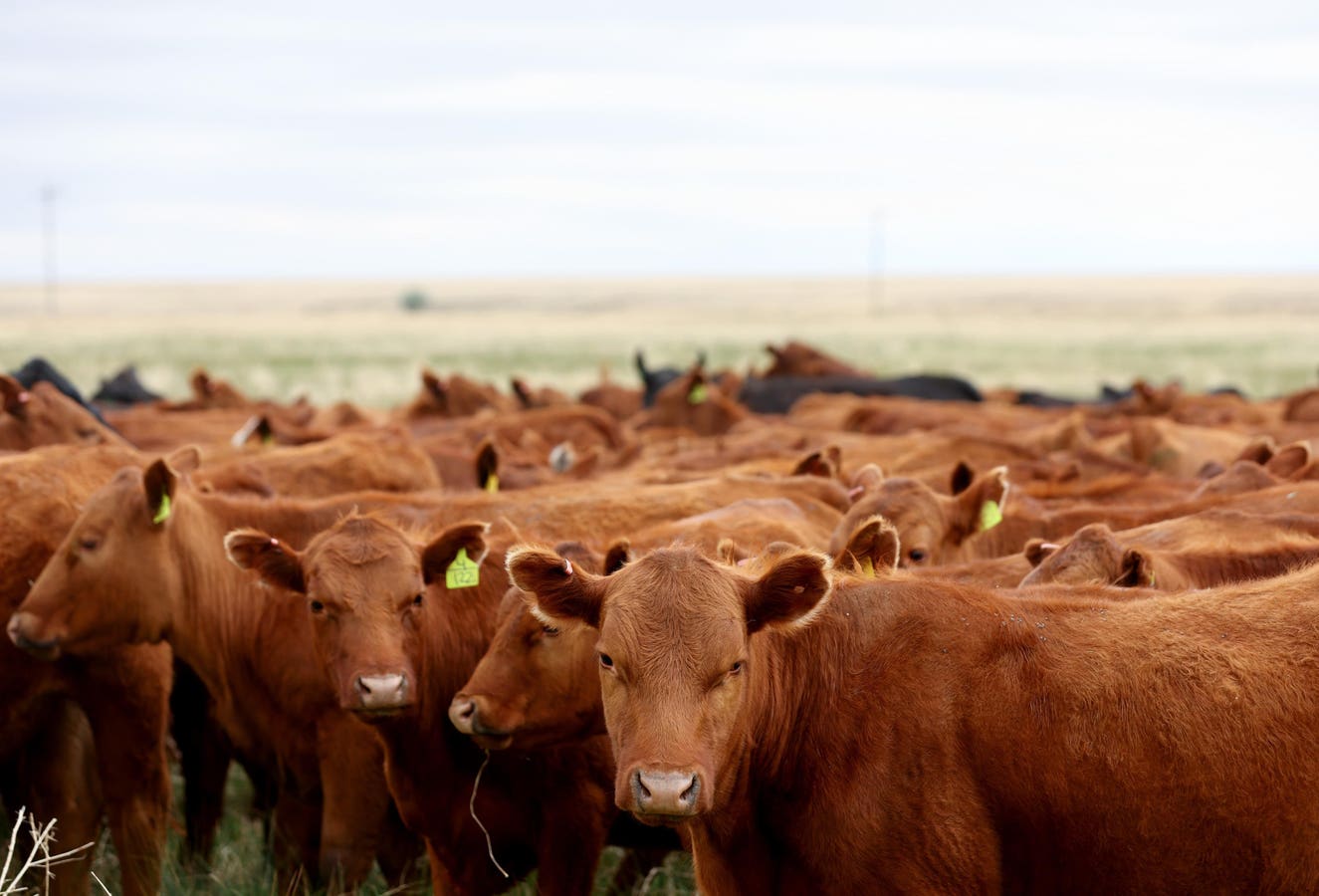When I was in New York for Climate Week, I spotted a restaurant advertising “Save the planet, eat local.” Even at many of the events I attended, organizers went out of their way to highlight the local origins of the food they served. It reflects a commonly held belief that buying locally sourced food is one of the best ways to reduce your environmental impact. There are many great reasons to eat local, including economic support for small farmers and nearby communities, but meaningfully lowering your greenhouse gas emissions is not one of them. In fact, what you eat and how it was produced matters much more than how far your food traveled to reach your plate.
The True Carbon Footprint of Food
The food and agricultural sectors contribute significantly to global greenhouse gas emissions, accounting for nearly a third of total emissions. What is more, livestock are the major source of methane emissions, a powerful greenhouse gas many times more potent than carbon dioxide. Food and agriculture activities also can contribute to biodiversity loss and deforestation.
However, over 80% of the environmental impact of food is driven by its production. Transportation tends to account for only around 6% of a food’s carbon footprint. For example, producing a kilogram of beef results in 60 kg of CO2-equivalent emissions, but its transportation only adds 0.5 to 1.5 kg CO2-equivalent per kilogram.
If people tend to overemphasize the impact of food miles, they underestimate the differences between different foods. Beef has a carbon footprint over 100 times as much as potatoes. Therefore, shifts from meat-based to plant-based proteins in your diet could reduce your food’s footprint by 50-80%, a far greater effect than simply choosing locally sourced beef.
All foods are not created equal; production methods also vary dramatically. Consider how beef raised in the Amazon, where ranching drives deforestation, can generate up to 340 kg CO2-equivalent per kilogram—nearly six times the global average. On the other hand, more efficient production can take place in areas with less pressure on land and more suitable growing conditions. That is why in London the overall footprint of New Zealand lamb may be less than lamb from the British Isles. Even after accounting for the emissions of the ship (only a tiny percentage of food, <0.2%, is flown), the New Zealand lamb comes out well ahead of its British counterpart.
Four Ways to Reduce Your Food Footprint
So if buying local does not dent your emissions, what should the climate conscious consumer focus on?
1. Shift to a Plant-Based Diet
One of the most effective ways to lower emissions is by reducing or eliminating meat and dairy from your diet. Western diets, especially American diets, contain high levels of red meat. Excessive red meat consumption not only increases a diet’s carbon footprint but also has been linked to various health consequences. Studies indicate that a global shift to plant-based diets could reduce food-related emissions by nearly 75%. Even small reductions in meat consumption or switching from red meat to chicken would have a meaningful impact.
2. Demand Deforestation-Free and Sustainable Food
As discussed above, how food is produced determines much of its environmental impact. Certain unsustainable production methods may contribute to deforestation or the degradation of ecosystems. Palm oil, beef, and seafood are some of the products at highest risk of being produced unsustainably. You can be an informed consumer by ensuring that the products you purchase are sustainably sourced. In the EU, many products must confirm they do not contribute to deforestation. Globally, many industries have widely used certification standards such as that of the Marine Stewardship Council for seafood.
3. Choose Less Resource-Intensive Foods
Not all vegetarian options are equal in terms of resource use. For example, cheese and almonds are highly resource-intensive compared to options like lentils and grains. The former products use far more water and energy to produce. A kilogram of almonds takes over 8 times as much water to produce as a kilogram of wheat. Less resource-intensive options can provide equivalent nutritional benefits and may often be less expensive.
4. Reduce Food Waste
It is shocking that around 30% of all food produced is wasted, food that if saved would be more than enough to completely wipe out global hunger and malnutrition. This waste also contributes massively to global greenhouse gas emissions. If food waste were a country, its emissions would exceed every other nation’s except those of China and the United States. Simple steps like planning meals, storing food properly, checking rather than tossing foods past their “sell by” date, and composting can go a long way in cutting down on waste and reducing your carbon footprint.
While eating local has much to recommend it, where your food is from should not trigger your climate anxiety. Instead, focus on eating less meat, demanding your food is produced sustainably, eating fewer resource intensive foods, and eliminating your food waste. These science-tested tips will shrink your environmental footprint.
Read the full article here





